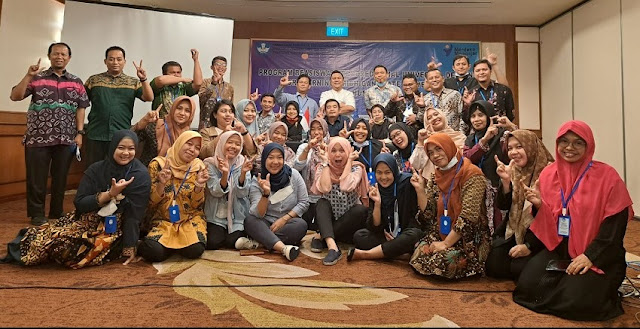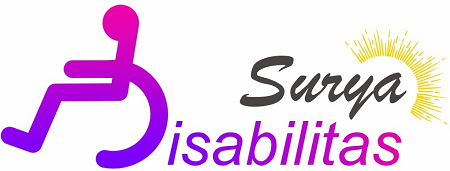Universal Design for Learning (UDL) is a teaching approach that aims to provide equal opportunities for learning to all students, regardless of their strengths, needs, or preferences.
UDL is based on the idea that learning environments should be flexible and adaptable to meet the diverse needs of learners rather than expecting learners to fit into a one-size-fits-all model.
 |
| The awardees of Microdential Scholarship Universal Design for Learning, Michigan State University, America. |
UDL is inspired by the concept of universal design, which refers to the design of products and environments accessible and usable by everyone, including people with disabilities.
To illustrate, automatic doors, ramps, and subtitles are examples of universal design features that benefit not only people with disabilities but also people who are carrying heavy bags, pushing strollers, or have difficulty hearing.
Similarly, UDL applies universal design principles to education by offering multiple ways for learners to access information, engage with learning activities, and demonstrate their understanding.
UDL is not a specific set of strategies or techniques but rather a framework that guides the design of instruction and assessment.
The UDL framework consists of three main principles:
1. Provide multiple means of representation
This principle means presenting information in different formats and modalities, such as text, audio, video, graphics, or hands-on activities. This allows learners to access information in ways that suit their preferences and abilities and supports their comprehension and retention of the content.
2. Provide multiple means of action and expression
This principle provides learners with different options and tools for expressing their knowledge and skills, such as writing, speaking, drawing, or using technology. This allows learners to demonstrate their learning by matching their strengths and interests and fostering creativity and autonomy.
3. Provide multiple means of engagement
This principle creates learning environments that are motivating and relevant for pupils by offering them choices, challenges, feedback, and opportunities for collaboration. It allows learners to connect their learning to their goals and values and enhances their persistence and self-regulation.
UDL can benefit all learners, specifically those with diverse learning needs and preferences, by integrating the principles into teaching and learning.
UDL can aid learners in overcoming barriers to learning, which may arise from physical, cognitive, emotional, or social factors. Additionally, it may assist learners in developing essential skills for the 21st century, such as critical thinking, problem-solving, communication, and collaboration.
UDL is a teaching approach for educators and a learning approach for students. It encourages students to become aware of their strengths and needs as learners and to take charge of their learning process. Besides, the approach empowers students to become active and engaged learners who can achieve their full potential.
Written by:
Istiarsyah, Principle of SLB Vokasional Muhammadiyah Bireuen, Aceh

Post a Comment for "Universal Design for Learning: An Empowering Approach for Learners"